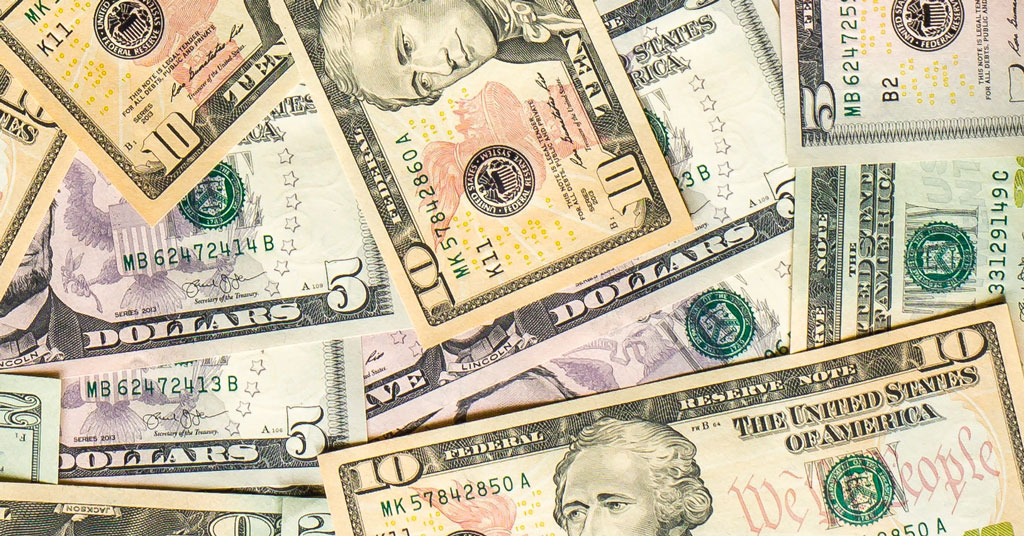
As the calendar rounds two full turns since Covid first burst on the scene, global citizens and investors alike are yearning for some return to normality. No one expects the new normal to look much like the old, especially given the time that has elapsed since March 2020. The forced pause in everything prompted a massive reassessment, but as 2022 progresses, we suspect at least some trends will revert toward somewhere in the middle.
Capital markets and the economy ran “hot” in 2021, even as supply chains and the pandemic ran “cold.” Sorting out how these and other factors will interplay in 2022 will likely be as challenging as Goldilocks’ search for the perfect porridge.
Many of the factors that dogged late 2021 (supply chain glitches, high labor turnover, decades-high spikes in inflation, commodity shortages, increasingly transmissible variants, renewed partial shutdowns, and enhanced mask/vaccination mandates) should begin to sort themselves out in 2022. Ironically, markets could face a more fitful time as the year progresses, even as the economy begins to sort itself into the new normal. Here are a few factors we suspect investors will be parsing this year.
Headwinds (what could go wrong)
Perpetual Covid. The delta, omicron, and other variants seemingly disabused the globe of the notion that we can ever truly get beyond Covid. Learning to live with vaccination, booster, and/or test mandates may become the norm—or may be “suggested,” much as flu, pneumonia, and MMR vaccines are. It’s not the joyous rebound track we thought we were on in June 2021, but it perhaps is a more realistic long-term version of our new, muted reality. That first gut punch from delta seemed to lessen with omicron. Additional variants will likely cause fewer and fewer overt responses until we collectively learn to live with the new reality of Covid’s perpetual presence.
Tighter monetary policy. As 2021 ended, many central banks around the globe communicated their intent to begin withdrawing some of the historic levels of stimulus that had been in place since the Covid crisis began. In the U.S., the Fed communicated the drawdown of its balance sheet, and markets were pricing in the expectation of two to three rate increases beginning as early as spring 2022. This reversal in stimulus means the economy and the markets must stand on their own as the Fed will be unlikely to reverse course, even if the economy begins to slow.
Margin pressures. Cost pressures on companies will likely remain high, especially for wages and capital expenditures. Workers will remain picky and hard to come by. Some of these costs were passed along in 2021, and consumers with pent-up demand and aid-enhanced balance sheets paid up. Given the role of many aid programs and the satiation of the first burst of pent-up demand, passing along increased expenses may be tough in 2022. Higher wages, higher input costs, and increased capital expenditures are all likely to pinch margin progress.
China and SE Asia pressure. China’s zero tolerance policy on positive Covid cases led to rolling factory and port shutdowns throughout late 2021, a policy likely to be maintained in 2022. This makes it tough for investors to predict impacts on global supply chains. Additionally, Chinese leadership has stepped up its oversight and intervention in tech companies and other market activities within China, causing an extra layer of angst and assessment from companies wanting to do business there.
Tailwinds (what could go right)
On the plus side of the ledger, several key things should support economic progress in 2022. However, it’s important to remember that markets are forward-looking discount mechanisms, and at least some of this may already be at least partially discounted in market valuations.
Capital spending. This has been on the rise and is likely to continue as companies invest in robotics, manufacturing capacity, AI, and other tech. Some of this is in response to the worker shortage, and some is in response to repositioning supply chains and manufacturing capacity closer to home. “Just in time” has definitely become “just in case” inventory management. The proposed $1 trillion infrastructure bill will trickle additional funds into important infrastructure projects in a wide variety of industries and locations, and is likely to prompt additional knock-on investments by state and local entities.
Logistics and supply issues at the margin seem to be easing. Their early and often communication meant most of the Christmas selling season happened just fine and sellers and participants all along the chain have several quarters to continue to get things sorted before the next active period (back to school). It’s important to remember the system wasn’t broken per se, just stressed by additional demand and by the largest manufacturers and retailers stressing the system further with their own workarounds.
Healthy businesses. Companies proved time and again their ability to pivot quickly in the face of reduced and then rapidly accelerating and shifting demand. Many trends already in place (telemedicine, AI, robots, enhanced shipping, work from home) accelerated during the pandemic, and business models shifted. This proved to companies how adaptable they can be, though it’s hard to dodge and weave that actively as an investor.
As 2022 gets under way, investors have much to parse to determine where the sweet spot of growth is: just enough activity to not spawn runaway inflation. A steady pace of growth with moderate price increases has proven to be a sweet spot in markets past. It will be interesting to see if Goldilocks is happy with the mix in the months ahead.
Carol Schleif is deputy chief investment officer at BMO Family Office, a wealth management advisory firm delivering investment management services, trust, deposit, and loan products and services through BMO Harris Bank. To learn more visit www.bmofamilyoffice.com.